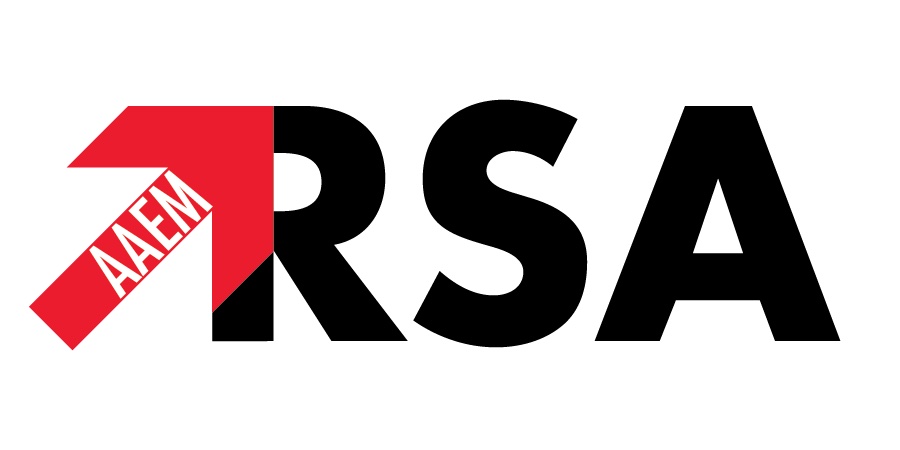 |
| Image Credit: Flickr |
 |
| This post was peer reviewed. Click to learn more. |
Author: Christine Au
Medical Student- OMS-II
Western University of Health Sciences, College of Osteopathic Medicine of the Pacific
AAEM/RSA Social Media Committee
As summer is nearing an end, the days of pool parties and water sports has brought many cases of the much dreaded ear infection to emergency departments around the country. Otitis externa is known among most as “Swimmer’s Ear.” Acute otitis externa (AOE) is an inflammation of the external ear canal and is further explained as a cellulitis of the skin inside the external ear canal. In North America, 98% of the causes of AOE are bacterial, but viral and fungal sources have also been documented.[1] The most likely bacterial causes of AOE are Pseudomonas aeruginosa and Staph aureus.[1] According to Rosenfeld, the diagnosis is based on the rapid onset of disease; in most cases, the pain occurs within 48 hours from the time of exposure.[2] In addition, most patients experience itching, severe pain (otalgia), and in some cases, may complain of a feeling of “fullness” in the affected ear.[2] Some patients may also have pain upon jaw movement or even hearing loss.[2-3]
|
Source: Adapted from “CDC Estimated Burden of Acute Otitis Externa- United States, 2003-2007
|
The treatment of choice in uncomplicated AOE, meaning the patient is not considered to be immunocompromised, diabetic, or does not have a perforated tympanic membrane will be topical antibiotics or antimicrobials such as acetic acid, quinolones, or aminoglycosides.[1,3] Research has been inconclusive in finding any one antibiotic that is superior as a first-line treatment, thus the ones listed above are considered equal for the treatment of uncomplicated AOE.[1-2] Oral antibiotics are necessary once the infection has passed beyond the external ear canal or if the patient is prone to serious infections.[1,3] In complicated AOE, topical antibiotics (aminoglycosides and fluoroquinolones) and oral antibiotics are often necessary. Local treatment with antibiotic ear drops is effective due to its high concentration in the external ear canal and reduces the systemic effects associated with taking antibiotics.[4] Severe or recurrent AOE may require treatment with steroids to manage inflammation.[4]
While AOE is a relatively common disease process, prevention is medically necessary for those who have cerumen impaction, actively participate in water sports, or those who have repeated ear infections (more than 5 in a year). Swimming, especially in fresh water, has been shown to be a risk factor; hence, the name “Swimmer’s Ear.” Skin conditions also predispose patients to AOE, such as eczema, dermatitis, and seborrhea.[5] While AOE is hardly ever life-threatening, it causes extreme discomfort and pain for those suffering from it. As such, knowledge of this common disease process will be helpful in emergency medicine especially when working with pediatric patients.
References
1) Schaefer P, Baugh RF. Acute Otitis Externa: An Update. American Family Physician. 86(11),1055-1061.
2) Rosenfeld RM1, Schwartz SR, Cannon CR, Roland PS, Simon GR, Kumar KA, Huang WW, Haskell HW, Robertson PJ. American Academy of Otolaryngology–Head and Neck Surgery Foundation. Clinical practice guideline: acute otitis externa executive summary. Otolaryngol Head Neck Surg. 2014 Feb;150(2):161-8.
3) Rosenfeld RM1, Schwartz SR, Cannon CR, Roland PS, Simon GR, Kumar KA, Huang WW, Haskell HW, Robertson PJ. Clinical practice guideline: acute otitis externa. Otolaryngol Head Neck Surg. 2014 Feb;150(1 Suppl):S1-S24. PMID: 24491310.
4) McWilliams CJ, Smith CH, Goldman RD. Acute otitis externa in children. Canadian Family Physician. 2012;58(11):1222-1224.
5) Rubin J1, Yu VL, Stool SE. Malignant external otitis in children. J Pediatr. 1988 Dec;113(6):965-70. PMID: 3142986.
6) Teele DW, Klein JO, Rosner B. Epidemiology of otitis media during the first seven years of life in children in greater Boston: a prospective, cohort study. J Infect Dis 1989;160:83–94
7) Steinmann K, Babl FE. Antibiotic prescribing rates for acute otitis media in a paediatric emergency department. J Paediatr Child Health. 2006;42:204–5.
8) Estimated Burden of Acute Otitis Externa — United States, 2003–2007. Morbidity and Mortality Weekly Report (MMWR). May 2011.
